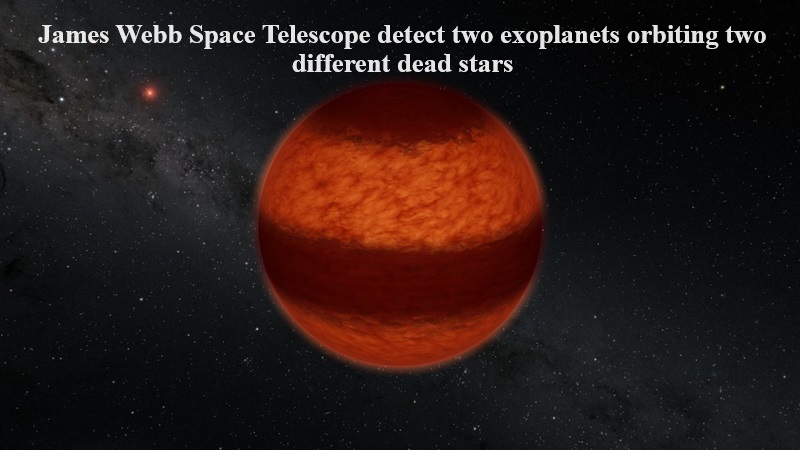
In a rare and significant discovery, the James Webb Space Telescope (JWST) has identified two exoplanets orbiting separate white dwarf stars, shedding light on the potential fate of our own solar system.
The detected exoplanets bear a resemblance to the gas giants Jupiter and Saturn within our solar system, and the white dwarfs offer insights into the eventual destiny of our sun. Following its transformation into a white dwarf, the sun is anticipated to engulf inner solar system planets up to Jupiter.
Susan Mullaly, an astronomer at the Space Telescope Science Institute and lead author of the research, emphasized the uniqueness of these exoplanets, stating, “Very few planets have been discovered around white dwarf stars. What is extraordinary about these two candidate planets is that they are more similar to planets in our outer solar system in temperature, age, mass, and orbital separation than any planets previously found.”
The groundbreaking aspect of this discovery lies in providing a glimpse into what a planetary system looks like after the demise of its star. The JWST’s Mid-Infrared Instrument (MIRI) directly observed these exoplanets orbiting the white dwarfs WD 1202-232 and WD 2105-82.
One exoplanet was found at a distance approximately 11.5 times that between the sun and Earth from its white dwarf host, while the other exoplanet was situated at a distance of about 34.5 times the sun-Earth distance from its deceased stellar parent.
This discovery provides valuable insights into the future of our own solar system, showcasing the potential fate of planets as their host stars evolve into white dwarfs. The JWST’s observations offer a unique opportunity to study the planetary aftermath once a star reaches the end of its life cycle.

Post Your Comments